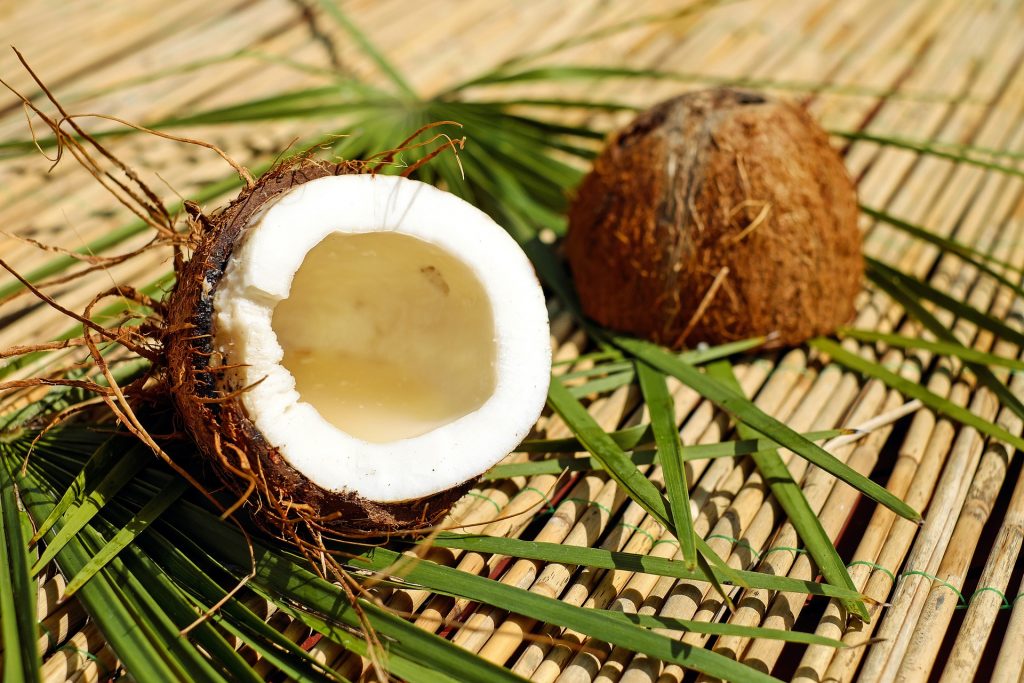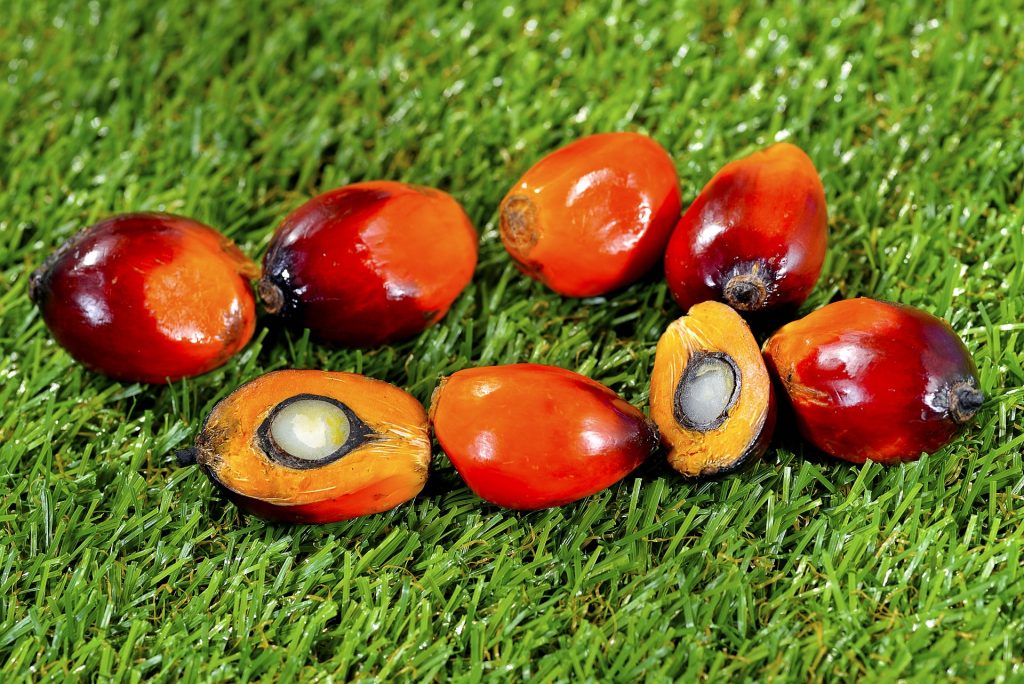Edible Oils
It is probably no surprise that some margarines contain edible oil. But what about pastry, icing or chocolate? In fact, edible oil products are found in a remarkable range of everyday food and beverage products.
You extract corn oil from maize, and process and merchandize the full range of oilseeds – including sunflower seeds, rapeseed and canola – but palm and soy are principal sources of edible oils.
Processed soybeans, both liquid and partially hydrogenated, are a vital ingredient in a variety of cooking oils, salad dressings and processed foods. Palm oil is the most widely consumed vegetable oil on the planet, used in a multitude of edible products.

Canola Oil
Canola oil is repressed from a variety of rapeseed that is low in erucic acid, which is a monounsaturated omega-9 fatty acid. For a seed to be labeled ‘canola’ it must consist of less than 2% of erucic acid. In food production, canola oil is primarily used as a cooking oil.

Corn Oil
Corn oil will be extracted from maize germs. Used mainly as a cooking oil for its high smoke point of 232°C, which makes it an ideal frying agent. It is also a vital ingredient in some margarines.

Crude Coconut Oil
Crude coconut oil is crushed from copa, the dried meat of finely matured coconut. Usually used in the food, soap and oleochemical industries, crude coconut oil can be further processed into refined, bleached, and deodorized (RBD) coconut oil, or further still into hydrogenated coconut oil.

Crude Palm Kernel Oil
Palm kernel oil is obtained from the kernel of the oil palm fruit. The oil quality is excellent, with free fatty acids in crude oil generally below 2%. Naturally light yellow in colour, it is refined to produce a very light-colored oil for both edible and other purposes.

Sunflower Oil
Sunflower oil is an edible oil pressed from sunflower seeds. It is commonly used in food production as a non-volatile frying oil, with a high smoke point of 227°C.
